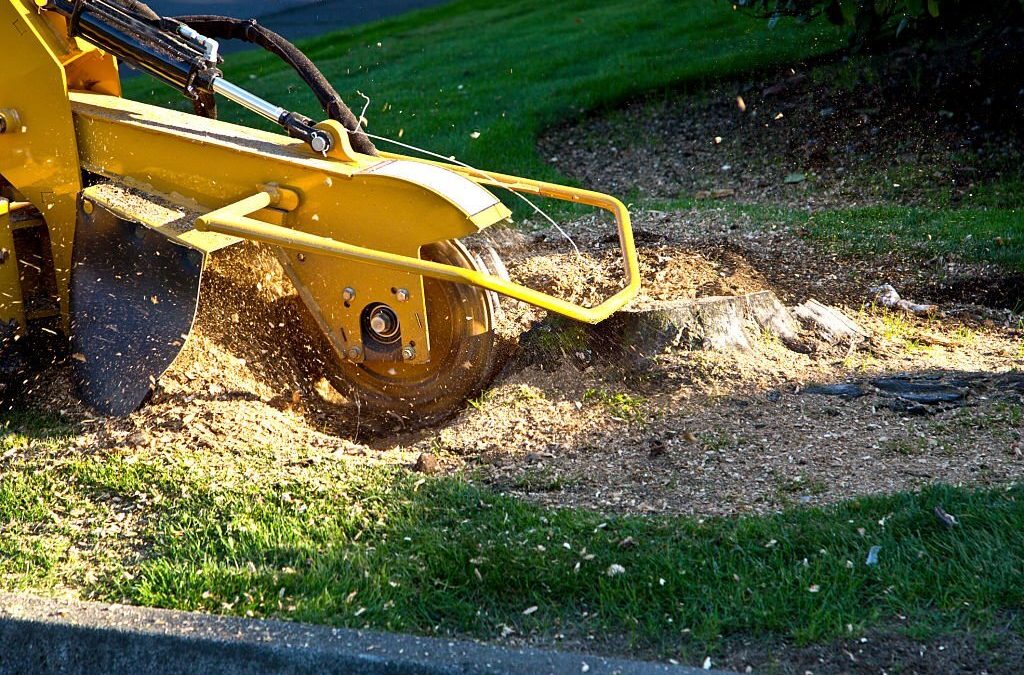Removing stumps and the tree can be daunting, especially if the tree is large and has multiple stumps. Removing a tree stump typically involves cutting it down to ground level, removing the roots, and then grinding or chipping away the remaining wood and dirt. Depending on the stump’s size, this process can take a few hours to several days. It also requires specialized tools such as an ax, shovel, chainsaw, and grinder.
There are several advantages to removing the tree and its stumps when necessary. Firstly, it eliminates tripping hazards for people walking around the area. Stumps can create obstructions that make it difficult for vehicles or equipment to move over uneven terrain. Removing them also eliminates any hiding spots for pests such as termites or ants that could otherwise cause extensive damage to buildings or structures nearby.
Removing trees and stumps can be done in several different ways depending on their size and location. For more giant trees that require more effort, professional arborists may need to be hired to assist with feeling them safely. Smaller trees may require being cut down using an ax or saw before being pushed over by hand or dragged away utilizing a winch. Once all wood is removed from the site, any remaining roots must dig out before grinding away where they were located until all remains have been cleared off the surface.
In clearing away stumps in particular, there are two primary methods that can be used: chemical stump removal or manual grinding/digging out of each root system. Chemical removal involves pouring a chemical mixture directly onto each stump which causes it to rot away over time until nothing is left but the soil in its place. However, this method can take several weeks or even months, depending on how large each stump is initially. Manual grinding requires heavy-duty tools like grinders explicitly designed to chip away at each root system until all remains have been cleared. This process is much faster than chemical removal but may require additional labor depending on how intricate a given root system may be.
In conclusion, removing both trees and their corresponding stumps can be challenging but necessary when safety hazards exist due to protruding roots or tripping hazards created by fallen branches and trunks, etc. There are several ways that these tasks can be completed depending on the size and location of each element involved, with professional assistance recommended for larger jobs. In contrast, smaller ones may require manual labor and specialized tools like axes and grinders to complete them successfully.

